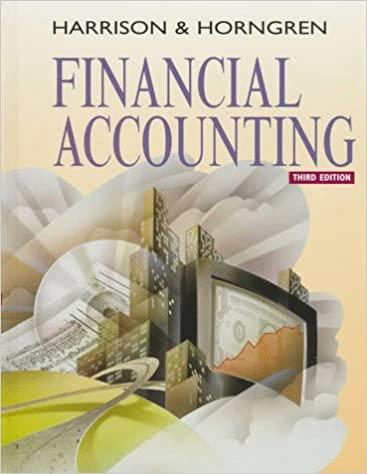

5. On 1 September 2017 B Harris and W Croft agreed to enter into a joint venture for the purpose of buying 500 tons of wrought iron for R1 200. Harris paid the amount by EFT. Profit and loses will be shared equally. The following is a summary of the transactions regarding the venture: September: - 2nd Harris received an EFT from Croft for his half-share R600 - 3rd Sundry selling expenses paid by Harris R500 - 4th Harris sold 200 tons for cash R2000 - 7th Harris sold 100 tons and received a bill, payable 1m/d (1 month after date) R1 000 - 7th The bill was discounted for R900 - 10th Croft sold the balance for cash and retained the money in his own bank account R2 000 - 10th Sundry selling expenses incurred by Croft and paid in cash R600 - 10th Harris paid Croft for the balance due Required: 3.1. Prepare the income statement of Joint venture of W croft and B Harris for the period September 2017 and show the share of profit/loss for each partner. 6. You have been provided with the following information for a club: i) Refreshment with a cost price of R500 were purchased for cash and given as a donation. ii) Stationery purchased for cash, R800. No stationery was on hand at the end of the year. iii) Secure a loan of R150 000 and extend a clubhouse with the money. iv) Paid a builder R60000. R40 000 was for the building of new tennis court, and the rest was for repairs to existing court. v) R170 interest of fixed deposit was deposited in the bank account of the business. This was R10 short of the interest that was earned on the investment for the period. vi) Paid honorarium to the secretary by means of an electric transfer from the club's current bank account, R1800. R600 of this amount was for the following year. vii) Refreshments purchased for cash during the year, R9 800 . All these refreshments were sold for cash at cost price plus 25%. Use the below column to indicate the nature of the following transactions of a club by analyzing them according to the columns. Assume that a periodic system is used to account for all types of inventories








